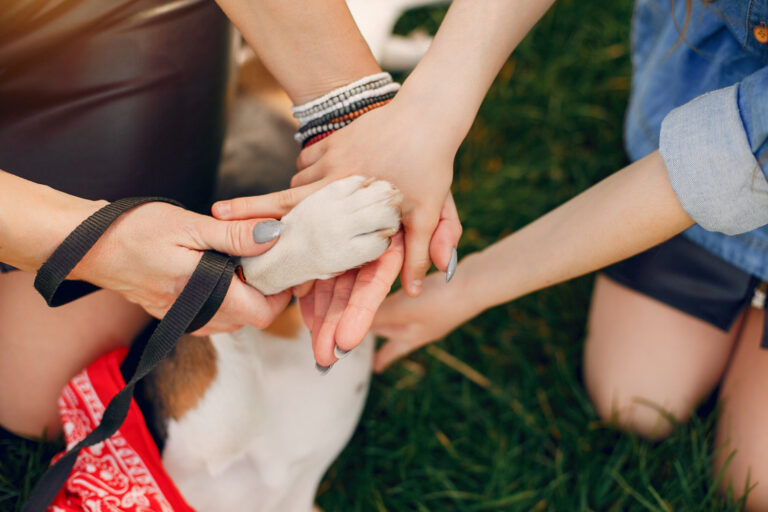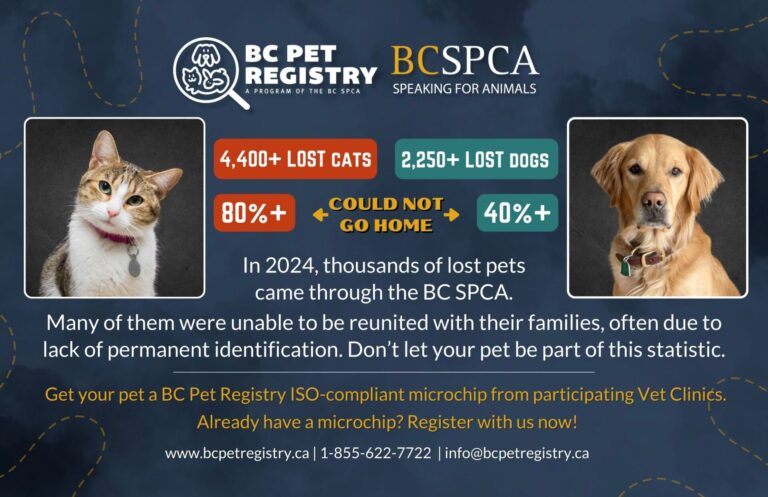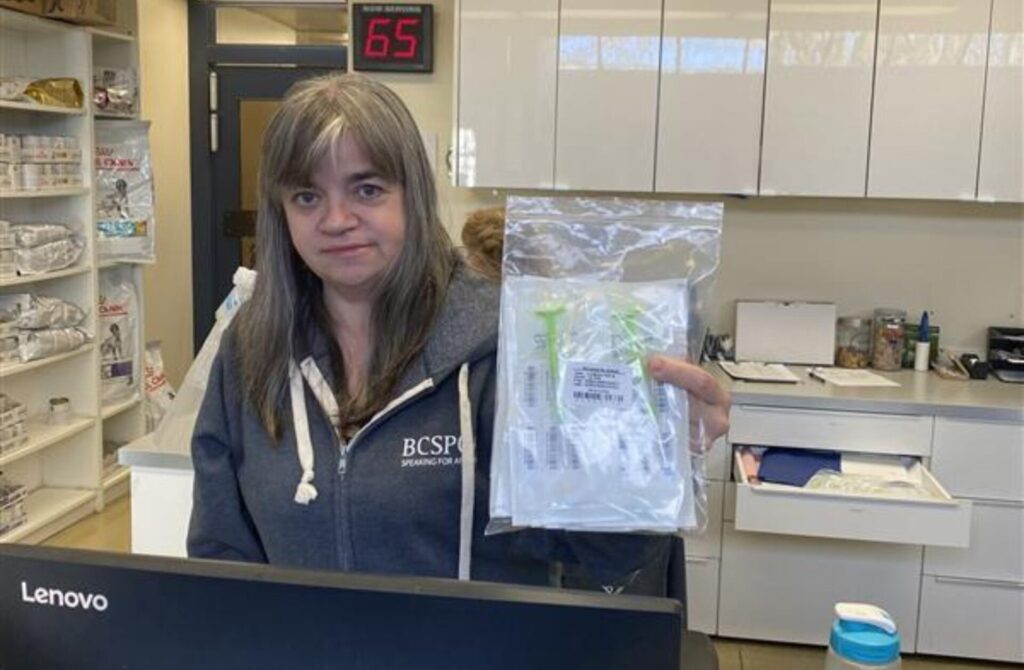Bringing home your first pet is a joyful and life-changing experience. Whether it’s a playful puppy, a senior rescue cat, or a quirky new companion, your role as a pet parent starts with love, care, and responsibility.
Amid all the excitement, one step stands out as truly essential: making sure your pet can be identified and returned to you if they ever get lost. That’s where microchipping and registration come in. It’s quick, affordable, and one of the most effective ways to protect your new family member. Permanent identification is the key.
Table of Contents
What Is a Microchip and How Does It Work?

A microchip is about the size of a grain of rice, inserted under your pet’s skin, typically between the shoulder blades. It holds a unique ID number that can be read by a scanner at vet clinics, animal shelters, or SPCAs.
This ID number connects to a database where your contact information is stored. If your pet is found and scanned, staff can look up your details and contact you directly.
Important note: A microchip must be registered in a pet registry like BC Pet Registry to be effective. If it’s not registered, there’s no way to connect the chip number to you.
Why Microchipping Is a Must for New Pet Owners

A reliable way to be identified
Unlike collars and tags that can fall off or wear out, a microchip is a permanent ID that stays with your pet for life.
Better chance of getting your pet back
Studies show that pets with registered microchips are significantly more likely to be reunited with their families. It’s especially helpful for cats, many of whom don’t wear collars at all.
Protection in emergencies
From fireworks and storms to open gates or unexpected escapes, a microchip helps ensure your pet has a way home no matter the situation.
Quick and painless
Microchipping is safe, simple, and fast. It’s similar to a vaccine injection and only takes a few seconds to complete.
Registration Is What Makes It Work

One of the biggest misconceptions new pet parents have is thinking the chip starts working as soon as it’s implanted. But without registration, the chip is just a number with no contact attached.
Registering your pet through BC Pet Registry takes only a few minutes. You can do it online, update your contact info at any time, and pay a one-time fee for lifetime coverage. No annual renewals or extra steps.
Microchips vs Other ID Options

Collars and tags are helpful and make it easy for someone nearby to reach you quickly, but they can fall off or get lost.
Apple AirTags rely on nearby Apple devices to relay location data. If there are no Apple users nearby, the AirTag cannot transmit its location. Battery life can also be a concern. Read more here.
Tattoos are permanent but can fade over time and may not provide direct contact information. Learn more here.
Microchips offer a reliable and lasting way for shelters and clinics to identify your pet, even if all other forms of ID are missing.
The best approach? Use both a visible tag and a registered microchip for double the protection.
Tips for New Pet Parents
- Use both a microchip and an ID tag
- Add a backup contact to your pet’s profile
- Ask your vet to scan the chip during annual checkups
- Keep your pet’s vaccinations up to date in case they’re lost and exposed to illness
A Real Story That Shows Pet Microchip Works

Hobbes, a cat from Victoria, went missing and was eventually found over 150 kilometers away from home. Thanks to his registered identification, shelter staff were able to contact his family the same day. He was reunited safely, and his story is a reminder of how one small action of registering their identification can make all the difference.
Be a Part of the 80% Responsible Owners
During our recent events, we scanned hundreds of pets, all with microchips implanted. Only to discover that approximately 20% of the pets’ microchips are not linked to any registries in North America. We recommend all pet owners to double check their pet’s registration and directly registering with us. All you need is the microchip number and/or tattoo code to start the online registration process. For a small, one-time fee of $45, your pet will be protected for a lifetime and you will also have contributed to the life-saving work of the BC SPCA.
Start Strong With Peace of Mind
Being a first-time pet parent means thinking ahead. You can’t always prevent your pet from getting lost, but you can prepare for it.
Microchipping and registration are simple steps that have a big impact. They protect your pet when they need it most and give you peace of mind knowing there’s a way home.
If your pet isn’t registered yet, now is the perfect time to do it.
FAQs for First-Time Pet Parents
When should I microchip my pet?
Most pets can be microchipped as early as 6 to 8 weeks old. If your pet isn’t chipped yet, ask your vet to schedule it during your next visit.
How much does registration cost?
BC Pet Registry charges a one-time fee of $45. That covers your pet’s microchip for life with no annual renewals.
Can I manage more than one pet in my account?
Yes. You can register and manage multiple pets under one account. Each pet needs its own microchip and profile.
What happens if I move or change my phone number?
You can log into your BC Pet Registry account at any time to update your contact details. Keeping them current is essential to ensure a fast reunion.
Does a microchip track my pet’s location?
No. Microchips are not GPS devices. They store ID info that is retrieved only when scanned by a shelter or vet clinic.
The city I live in requires me to get a license and a tag for my dog, would that be enough already?
City licenses are required by certain municipalities, and the tags are useful for quick visual identification. However, when an animal is lost, it often shows up without a collar or tag. That’s why permanent identification, such as a microchip, is still the most reliable way to identify an animal and trace it back to its owner.

